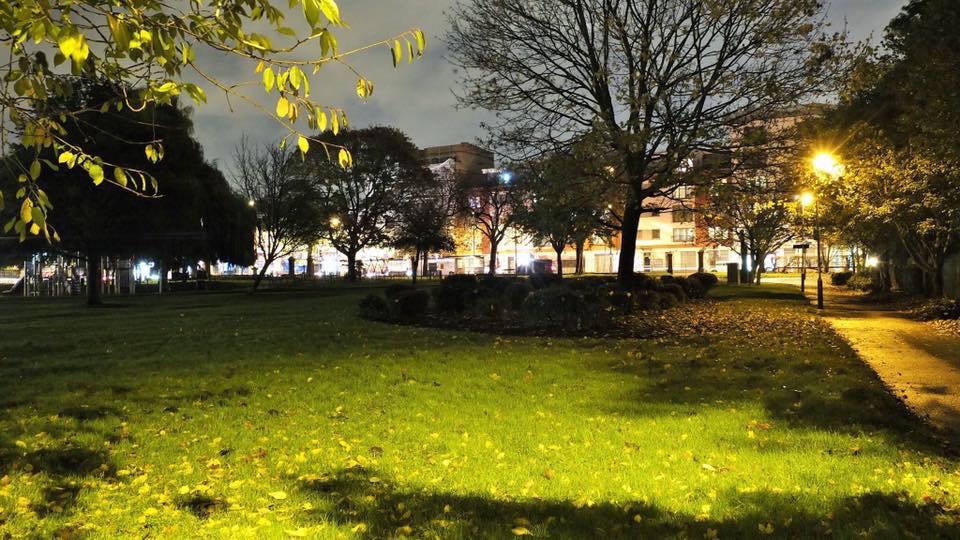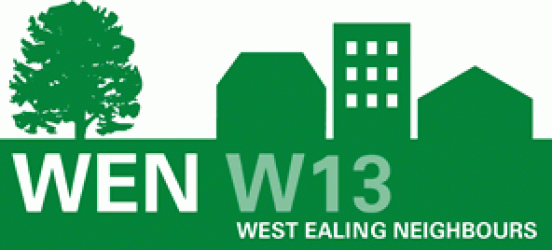Vice-Chair of West Ealing Neighbours, Eric Leach looks at the recent LDF consultation by Ealing Council.
2010 Public Consultation
1. The Wrong Plan at the Wrong Time
The LDF plans are yet again all about home building. S106 and Planning Gain monies extracted from residential property developers have never, and will never, provide adequate finance to provide the education, healthcare and law and order resources to support the new incoming residents.
So one of the net results of adding 35,000 new residents in 14,700 new homes will be to swamp and degrade the existing social and community services for existing residents. This is unacceptable to Ealing rate payers.
Ealing is seemingly not penalised for failing to meet its London Plan housing targets. In 2009/10 it will massively miss its targets and it predicts it will similarly fail in 2010/11:
Year London Plan Target Actually Built/To be Built
2009/10 848 298
2010/11 848 306
(Source: Ealing Council Annual Monitoring Report 2009)
National Government finances are in a shambles (National Debt at £944 billion and the current Annual Budget Deficit at £167.9 billion). So National Government is unlikely to stump up the required monies for new social and community facilities. Even more damning is the possibility that the Housing Association charities like A2Dominion, Genesis, Catalyst, and Notting Hill Housing Trust can no longer expect to receive the tens of £millions annual handouts from National Government for home building.
All these home building plans are not wanted by Ealing rate payers; are unlikely ever to come to fruition; and constitute a waste of all our time and money formulating and discussing them.
2. Residents’ 2009 Feedback Ignored
In 2009 Ealing Council carried out Public Consultation on its Draft LDF Core Strategy. The key thrust of the 300+ pages was to build 14,700 new homes along the A40 and Uxbridge Road corridors by 2026. More specifically 10,000 new homes (let’s face it flats) were to be built 800 metres from Acton, Ealing Broadway, West Ealing and Southall Stations.
85% of the residents, and residents and community groups’ written responses to the strategy objected to this housing densification strategy.
On 20 July 2010 Ealing’s new Council Cabinet agreed a new set of Draft LDF Core Strategy documents. These documents contain the above densification strategy which the public roundly dismissed in 2009. Given this fact surely the planned 10 weeks of further public consultation is a waste of all our time and all our money. How can such an approach be logical, ethical or even legal?
The Leaders of the Council must be confronted with this reality as soon as possible.
3. Single Audience Meetings
The 2007 LDF public meetings (albeit hosted by ECS and ECN) and the Council’s 2009 LDF public meetings ‘broke up’ rapidly in workshop based discussions. WEN chaired three of the workshops in 2007 and looking back at the WEN notes from three years ago none of the three workshop recommendations have been implemented.
There are big issues to debate concerning how land might or might not be used over the next 15 years. The Council’s proposals need to be debated in front of a single audience.
We should insist on single audience meetings this time around.
4. Review Hard Copy Documents in Advance – and Free
In the 2009 LDF public consultation it was difficult for residents to obtain hard copies of the documents in advance of the meetings. Outrageously residents had to pay for copies.
It is unreasonable to expect residents to down load and print out 300+ pages on their own PCs. Anyway not all the relevant documents are available for down load. No resident has as yet been able to down load probably the most important document ‘Infrastructure Delivery Plan, Appendix 1.’
5. Open Attendance at All Meetings
Some of the meetings scheduled (seven in all) are flagged as ‘Invitation Only’. This is an unacceptable part of a public consultation process.
6. Quality of Life is the Number 1 Issue for Ealing Residents
This fact is as lost in the current crop of land use (LDF) documents as it was in the 2007 and 2009 document sets. The asset management plans for Ealing of the Met Police, NHS and whoever runs Primary and Secondary State education should be contained in these documents and I’m 100% certain that they are absent.
The 2007, 2009 and 2010 Ealing LDF documents are all obsessed with building new homes in already heavily built-up areas. Building new homes is not one of the quality of life issues for the vast majority of Ealing residents. There is no room to build 10,000 homes in the Acton to Southall Uxbridge Road corridor – except in tower blocks. There is also no space to build the social and community facilities to support these new residents in this corridor – except in tower blocks. And residents don’t want more tower blocks.
For a country which could well be heading towards another recession and bankruptcy, whatever small amounts of money that can be made available locally for Ealing residents should be spent on maintaining our quality of life and possibly even enhancing it.
7. No Bespoke Meetings in Northolt, Perivale or West Ealing.
What will these towns be like in 2026? Although local meetings are planned for Ealing, Ealing town centre, Greenford, Acton, Southall and Hanwell why are there no local meetings scheduled in Northolt, Perivale or West Ealing?
8. No Bespoke Meeting for Elderly Residents
It’s pleasing to see a bespoke meeting will be arranged for young people. But what about elderly people? There are currently more people over 60 than are under 16 years old in the UK. Of those over 60 the fastest growing group are the over 85s. By 2034 5% of the total UK population will be over 85. So why is there not a bespoke meeting for elderly people?
9. ‘Developer’s Forum’
To involve property developers in a draft LDF development strategy public consultation seems utterly bizarre. One might construe its existence as complete arrogance on the part of the Council that it will go ahead with the draft plans in spite of what Ealing residents think. Alternatively is it really possible that developer feedback would cause the Council to change its plans to suit the precise needs of the developers?




